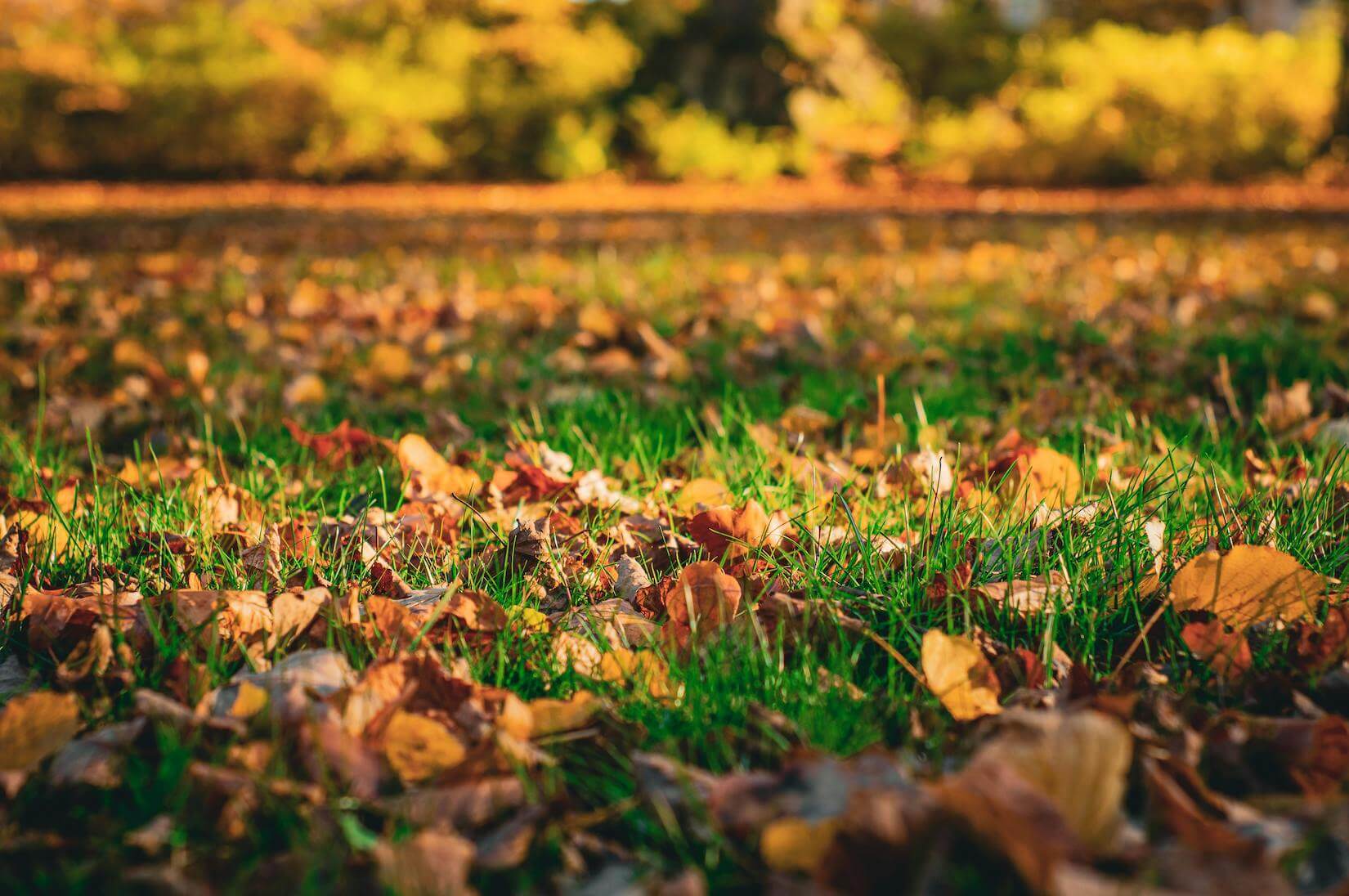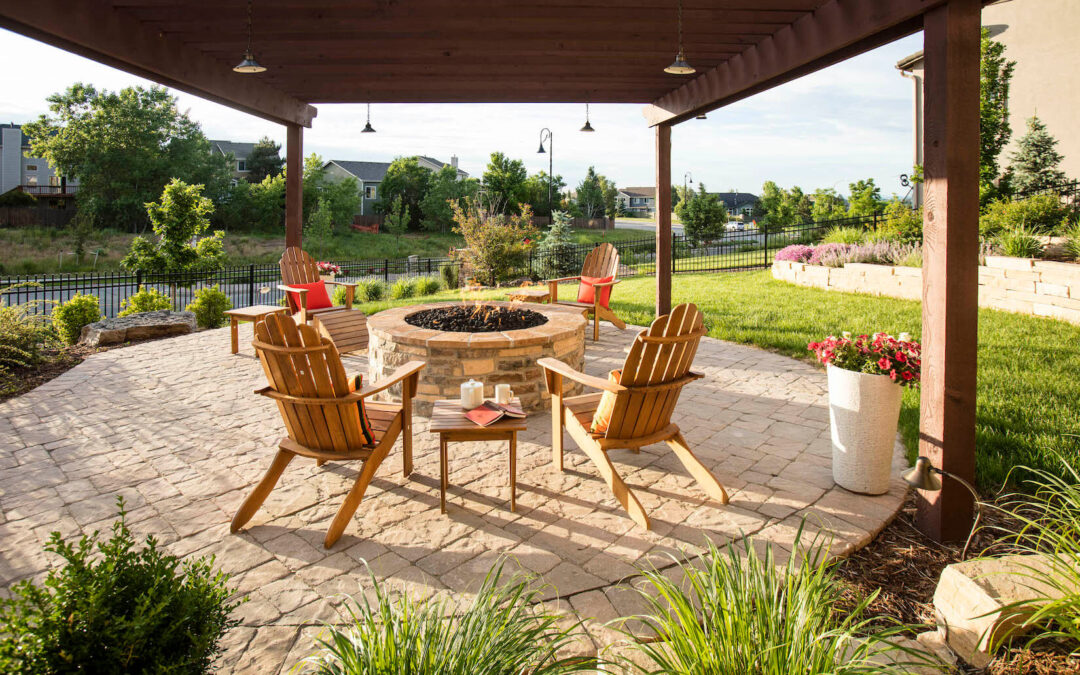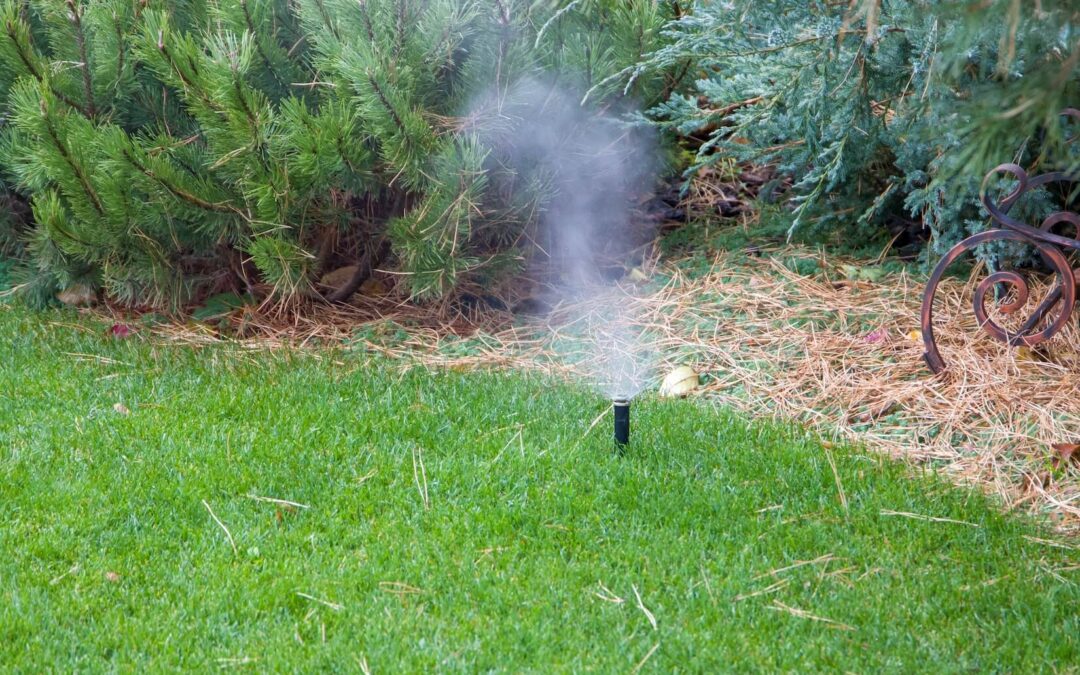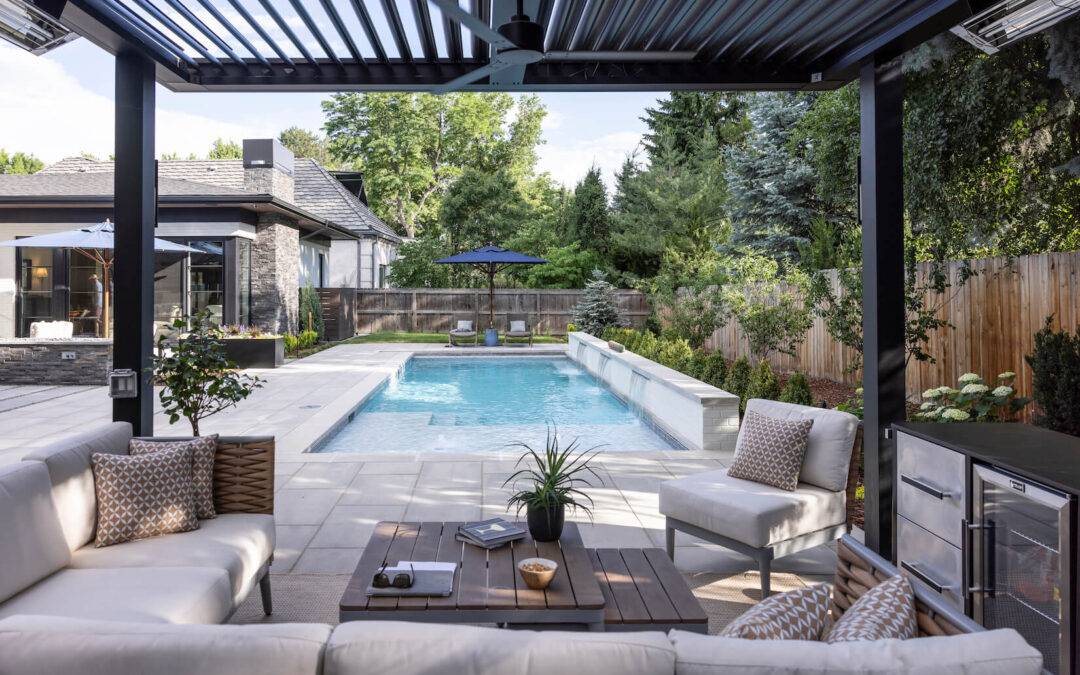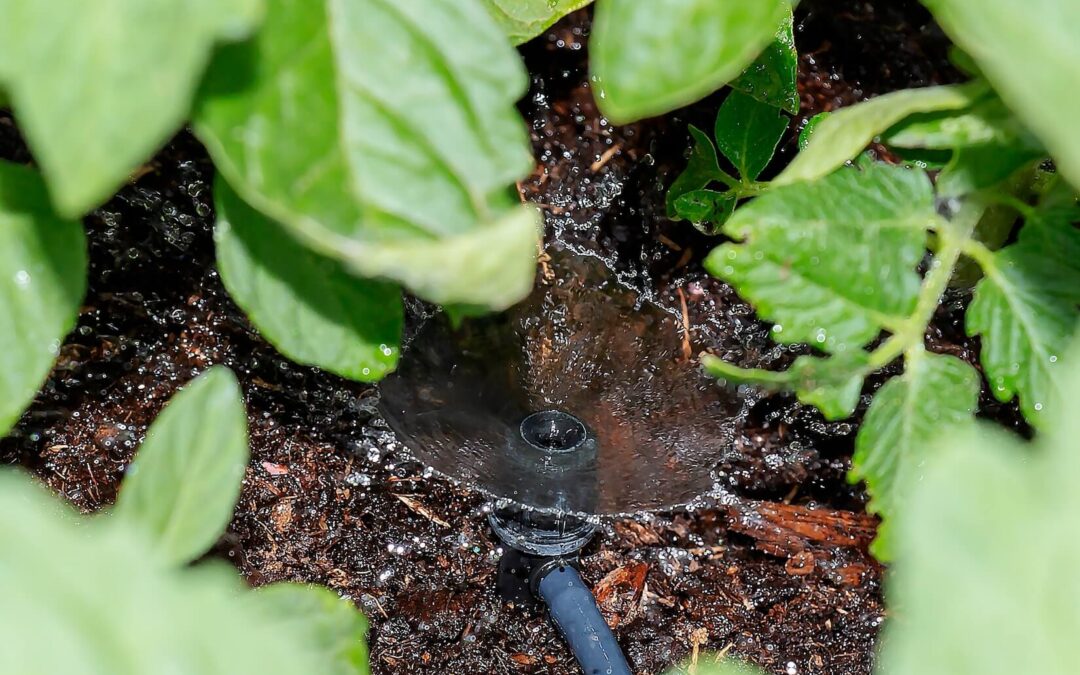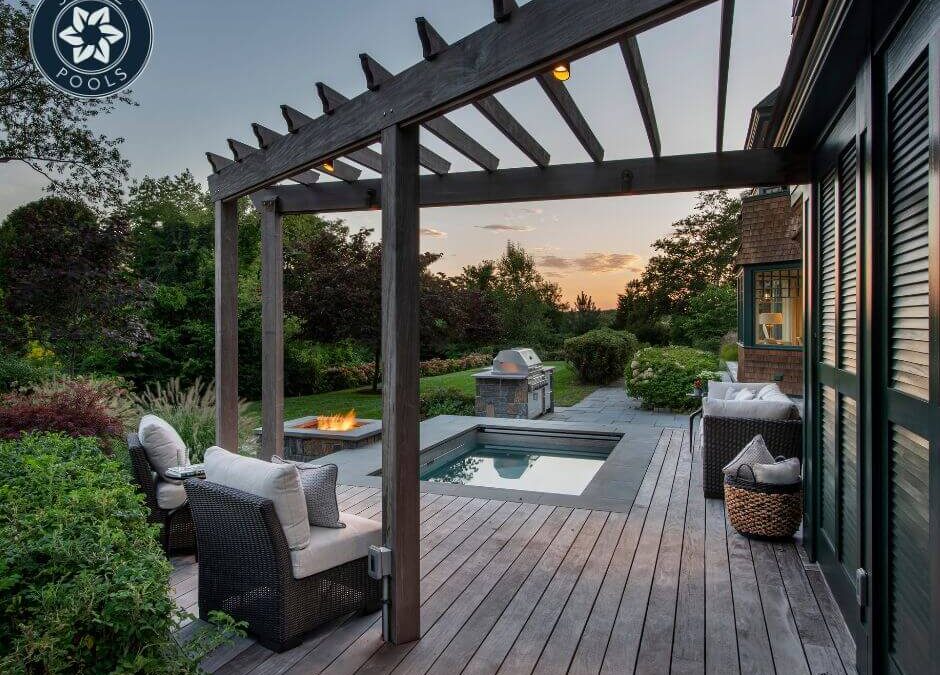A landscape that looks beautiful in the spring and summer requires careful maintenance in the fall. The fall is a great time to prepare your landscape for the coming winter, allowing grass and plants to survive the harsh cold temperatures. Whether it’s fertilizing grass in the fall, cutting down perennials, or draining your irrigation system, each step is vital for a vibrant spring-ready landscape. Continue below to learn more about what you can do to protect your landscape during the winter.
Fall Mowing Strategy
While there’s some debate regarding the length of your lawn in the fall and winter, everyone can agree that cutting your lawn shorter is prudent. This is important for many reasons, including the prevention of matting. When grass becomes compressed by snow, it mats if it’s longer, leading to snow mold and other diseases. The other advantage is that shorter grass gives the crown more sunlight. In the fall and winter, when the sunlight can be scarce, this is an important step to preserving your grass.
The general rule is to cut your grass between 2.5 and 3 inches. Anything below that can result in scalping, making your grass more prone to frost. It’s also recommended to mow your lawn at the same short height throughout the fall, not just at the end when the grass has stopped growing. Being consistent with the length of the grass conditions the grass. It can result in healthier grass come spring. Just make sure you stop mowing the lawn when it stops growing.
Leaf Management: Rake or Mulch?
There is a misconception that allowing the leaves to remain atop your lawn protects the grass, but this is incorrect. The leaves can smother the grass and prevent it from receiving sunlight. So, while raking leaves in the fall is tedious, it is necessary.
Alternatively, you could mulch the leaves with your lawn mower, turning them into tiny bits of organic material that can provide nutrients to your grass. The quantity of leaves you mulch depends on the amount of leaves. If multiple trees are on your property, it’s best to mulch over half the leaves and rake the remaining leaves; those with fewer trees can likely mulch all the leaves. It boils down to how much of your grass is visible once you’ve mulched the leaves. You want nearly 90% of the grass to still be visible — mulching too many leaves can smother the grass.
Cut Back Perennials for a Clean Start
With proper care, you can ensure a strong return for your perennials. This all starts by cutting back perennials in the fall, protecting them from freezing, cold temperatures. Cutting back perennials allows the plant to use its energy for root growth instead of flowering. Additionally, removing dead plant material protects the plant from mold and disease.
While every perennial is different, cutting perennials down to 6 inches is generally acceptable. Some perennials need to be cut back entirely, while others, such as fall perennial plants, need to be cut down later in the season once they’ve flowered. Use your best judgment and rely on online resources to learn more about how to protect your perennial plants.
What To Plant During the Fall?
Despite cooling temperatures and shorter days, the fall can be the ideal time to plant certain things, such as perennials, trees, shrubs, cool-season vegetables, and even blooms. That’s because soil remains warm throughout the fall, even as the air becomes cooler. It creates an environment that’s great for root development, ensuring plants develop strong, deep roots to survive the winter. As the spring comes around, these plants that developed a healthy root system in the fall will be one step ahead.
When planting in the fall, you want to water plants more often, especially in the Denver Metro, where dry spells are common. To protect these new fall plants, add a mulch layer around the base. The advantage is increased moisture retention and insulation from the cold. Pruning and fertilizing recently planted fall plants should be avoided to prevent new growth, which is vulnerable to frost.
Drain and Winterize Irrigation Systems
A smart irrigation system is good for your plants and the environment. The key to maintaining an irrigation system that’s ready for spring and summer is proper preparation in the cold months. First, you’ll need to drain the water from the irrigation system, preventing irrigation lines and pipes from rupturing due to expanding frozen water. To ensure no water remains, you’ll want to use an air compressor to blow out the rest of the water in the system. If you want to be extra careful, you can also insulate exposed pipes.
Fertilize Your Lawn
Fertilizing your lawn in the fall is one of the most important steps to ensure it remains healthy throughout the winter and comes back vibrant in the spring. Cooler temperatures mean that while grass may stop growing above ground, the roots are still active. Applying fertilizer during this time helps strengthen the root system, giving your lawn the nutrients it needs to withstand harsh winter conditions. When spring arrives, a well-fertilized lawn will be ready to green up faster and grow more densely.
When choosing a fertilizer, opt for one high in potassium to promote root health and increase winter resilience. It’s best to fertilize in late September or early October, with a follow-up application in November before the ground freezes. Water the lawn after each application to help the nutrients reach the roots. By giving your lawn the right nutrients in the fall, you’ll set the stage for a lush, green lawn next season, reducing the need for intense fertilization in the spring.
Fall and Winter Landscape Maintenance Solutions
Protecting your landscape from fall’s cooling temperatures and winter’s biting frost requires a lot of time and effort. C&H Landscaping offers fall and winter landscape maintenance services. With our team of experienced landscaping professionals, your lawn can endure the Denver winter and be ready for a lush, vibrant spring.
If you’d like to ensure a strong, healthy landscape year-round, call C&H Landscaping today.
At C&H Landscaping, our mission is to transform everyday outdoor spaces into something extraordinary with creative designs and top-notch craftsmanship. Expert Denver landscaping services from custom design to professional installation. We offer tailored solutions that enhance curb appeal, increase property value, and bring your vision to life.

